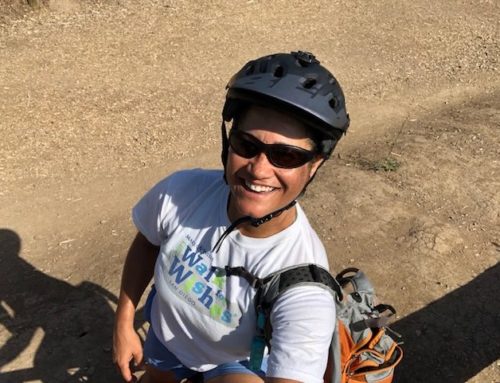Do I need to stretch before exercise of after? You definitely need to stretch after exercise, since resistance training decreases flexibility over time if done alone without the counter balance of stretching. However, you should perform a warm-up prior to exercise, whether it’s resistance training (weights, weight machines, etc.) or cardiovascular exercise (jogging, stationary bike, etc.) that you are doing. After three to five minutes, when your muscles are good and warmed up, then move into a faster pace. However, if you are prone to injury or muscle strains, over 60, or recovering from an injury, you should first perform your warm-up followed by some light stretches in order to ensure elasticity in the muscles.
What is the best exercise to do to burn fat? Unfortunately, there isn’t any best exercise, but rather how well you perform any exercise. To maximize your time spent exercising and burn the most fat that you can, you should perform cardiovascular exercise and keep your heart rate in your training zone. To figure your training zone if you are healthy and not under a physician’s care, use the following formula:
1) Take the number (220) and subtract your age, then subtract your resting pulse
Ex. 220 – 35 – 60 = 125
2) Multiply that number by (.60) & then add your resting pulse back in. This gives you the low end of your training zone
Ex. 125 x .60 = 75 + 60 = 135
3) Do step #2 again, but this time use (.75) in place of (.60). This will give you the high end of your zone.
Ex. 125 x .75 = 93.75 + 60 = 153.75
In the example above, the training zone is 135 – 154 (round up) beats per minute. This is the range that you should keep your pulse when exercising to get the best results. The main point to take home here is not to drop below this range. It’s okay if you go above it, provided you have no health problems.
How do I lose weight around my hips and thighs? Unlike resistance training where the exercises you choose are a direct correlation to which muscles develop, burning fat is not spot specific. By that I mean that one person may first lose weight in his face and chin, while a second may drop inches around her waist, even though the two people do the same exercise at the same intensity. Try to think of the body as a whole rather than divided into parts, and know that with consistency and patience you will get positive results.
How much weight can I lose in a month? Contrary to what a lot of these rapid weight loss programs boast, you should lose about four to six pounds in a month provided you do it in a healthy way. Any more than that and you are probably losing water weight, which will most likely come back, or muscle, which will ultimately lower your metabolism. The average is about a half pound to a pound-and-a-half a week.
Hopefully you found this question-and-answer format helpful in shedding light on some of your recent inquiries. Remember to use good judgment and incorporate progressive into your exercise program. If you have questions, seek help from a professional or email me and I will do my best to answer them in upcoming editions or directly to you by email.
Copyright © 2010 Optimum Condition. All rights reserved. Melissa Allen, CPT, BS, CES is a certified personal trainer, corrective exercise specialist and Medifast health coach, is the owner of the Optimum Condition Corrective Exercise & Performance Center, located in El Cajon, in the East County of San Diego. We specialize in customized fitness training and corrective exercise for both recreational athletes and post-rehab clients, as well as guaranteed weight loss programs or your money back. You can schedule a free consultation to help you get started. Please visit her website at OptimumCondition.org.





